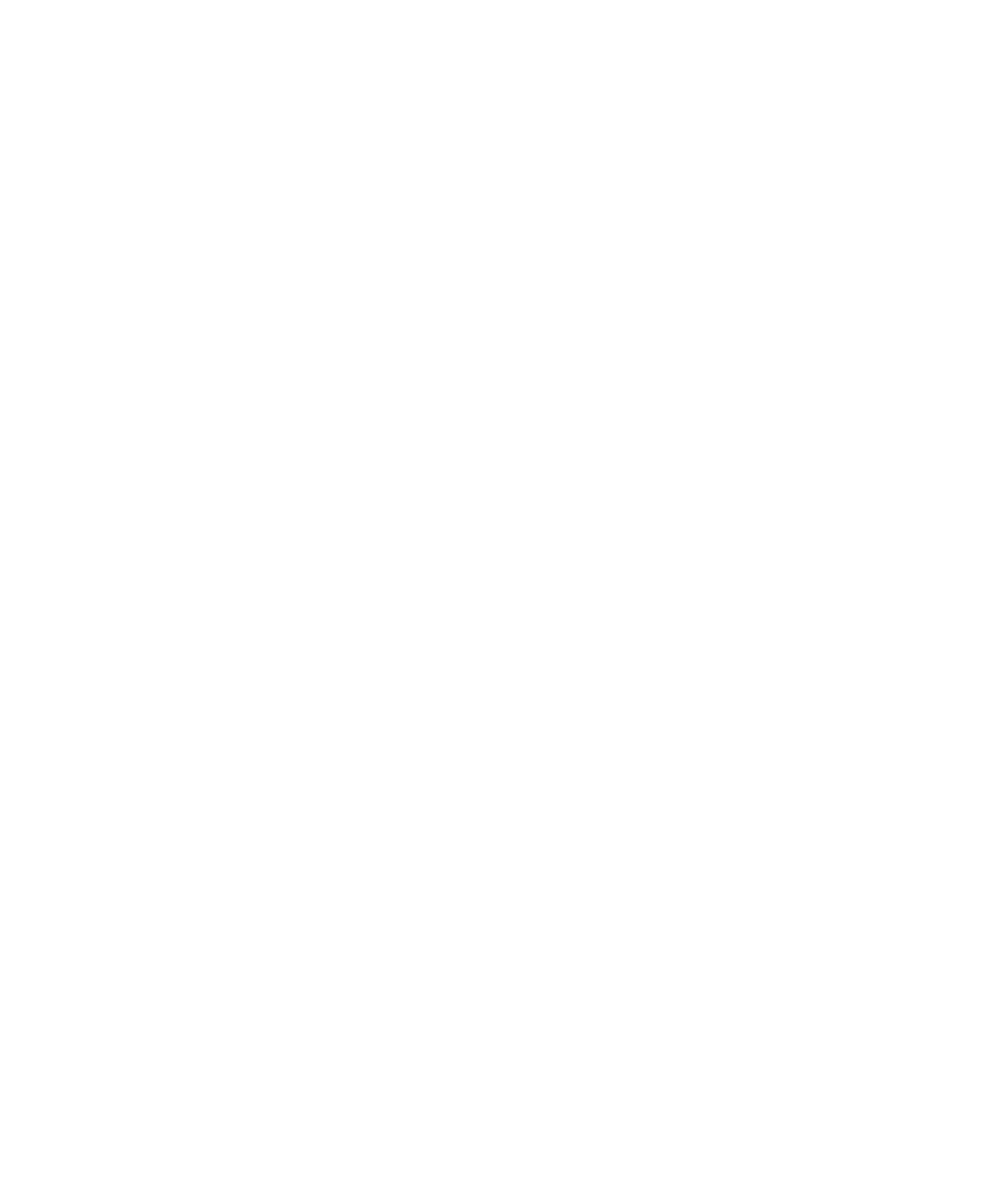6 53220A/53230A Math, Graphing, and Data Logging
220 Keysight 53220A/53230A User’s Guide
Enabling limit checking
Limit checking is enabled with the command:
CALCulate[1]:LIMit[:STATe] {OFF|ON}
CALCulate[1]:LIMit[:STATe]? (query form)
ON - enables limit checking.
OFF disables (bypasses) limit checking. Enabling limit checking enables both
lower and upper limit boundaries.
Setting lower and upper limits
Lower and upper limits are set using the commands:
CALCulate[1]:LIMit:LOWer[:DATA] {<value>}|MINimum|MAXimum| DEFault}
CALCulate[1]:LIMit:LOWer[:DATA]? |MINimum|MAXimum| DEFault}
(query form)
CALCulate[1]:LIMit:UPPer[:DATA] {<value>}|MINimum|MAXimum| DEFault}
CALCulate[1]:LIMit:UPPer[:DATA]? |MINimum|MAXimum| DEFault}
(query form)
The lower limit and upper limit value ranges are:
-1.0E+15 to -1.0E-15, 0.0, 1.0E-15 to 1.0E+15
The default limits and the limits set following a reset (*RST) or instrument preset
(SYSTem:PRESet) are 0.0.
When using limits, both a lower limit and an upper limit must be specified. Any of
the following steps will prevent a “settings conflict” error (e.g. lower limit greater
than upper limit) due to the order in which limits are set:
– setting the upper limit first
– setting both limits on the same line programmatically
– enabling limit testing after the limits are set
To programmatically determine if a reading (or readings) outside the limit
boundaries has occurred, the command:
STATus:QUEStionable:EVENt?

